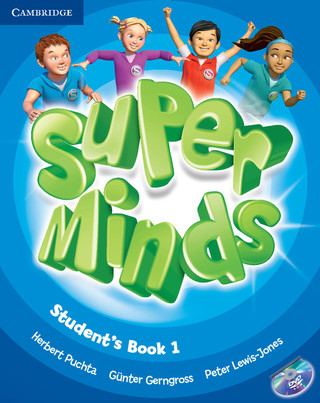Nowadays, 21st century learning is becoming a hype around the world. However, we need to be able to distinguish how we learn in the past and how we are learning today. Often, we take 21st century learning for granted and assume that everything we are doing is modern. Let's have a look at some of the misconceptions that we have:
1. Seating arrangement
Many proposed that in today's learning, the chairs and tables must be arranged according to the 21st century style. This includes having the U shaped arrangement, island,and boardroom as opposed to the traditional serried classroom. Many did not realise that this has been happening since education is reformed everywhere. Even if we are seated in rows, would that hinder us from having a 21st century learning?
2. It is learner centered
Learner centered education has been discussed since the cold war (or probably earlier). So, are we saying that this is actually a modern thought? Probably. However, to be honest, today's learning is very teacher centered. If we are so learner centered, we shouldn't be having teachers in the first place. Nevertheless, this is just a matter of perspective. We need to understand the role of teachers - they need to establish ground rules, making sure the classroom safe, and most importantly making sure that learning is taking place even if they are just there to facilitate..
3. Use of technology
Having wonderful gadgets does not make the school conforming to the 21st century learning. What is more important is how these gadgets are being utilised. Having modern technology would cost the school a lot, and would it help us in contributing to the environment.
Those are the factors that need to be taken into consideration.
Now this is what we might consider for a 21st century learning:
Resources
The classroom must be equipped with a lot of resources so that the children will be able to learn independently. This is where the technology really helps. Learners should not limit their knowledge within just a textbook, but from several other sources too. Does that mean that schools with no internet are deprived from this? Not necessarily, provided that the school has a lot of books and reading materials placed everywhere for the children. A lot of them.
Accessibility
Often we overlook at the accessibility. This includes catering to children with special needs or with specific requirements. It actually something that has been discussed since the Salamanca Statement, yet it is only gaining pace in modern times. Nobody should be left behind in learning.
Learning is the responsibility of everyone.
It should be noted that everything that goes around the child's daily life is actually a learning process. Thus, everyone must play a role in the child's learning -the teachers in school, the parents at home, and the community. The learners will be fed by so many information that they will be able to use them in solving problems in the classroom.
Networking
Learning is no longer about competing over who has the higher mark in Maths, but rather who can solve this difficult problem that transcend skills. Learning brings learners closer to the real world, and the competition includes making the most useful gadgets to improve the quality of life. With proper networking learners will use whatever information that they acquire to solve the problem. Again, this is where technology really helps.
Care for the environment and the people
At the end of the school years learners should be able to respect one another, and contribute to the environment. This would be a lifelong journey, but it needs to start in school.
This is what I could think of at them moment. What is your take on the 21st century learning? Write on the comments below.
Read full post »












